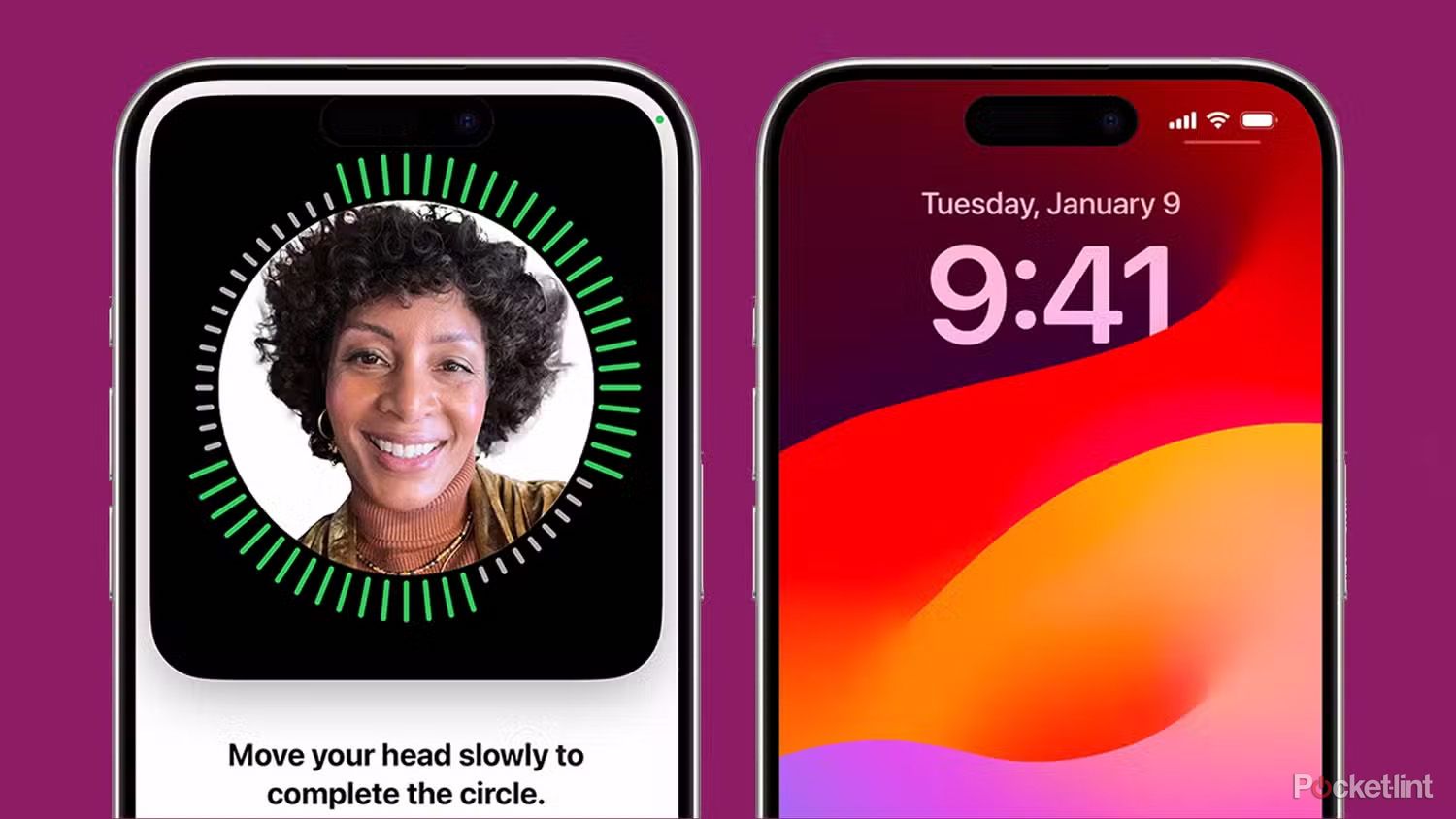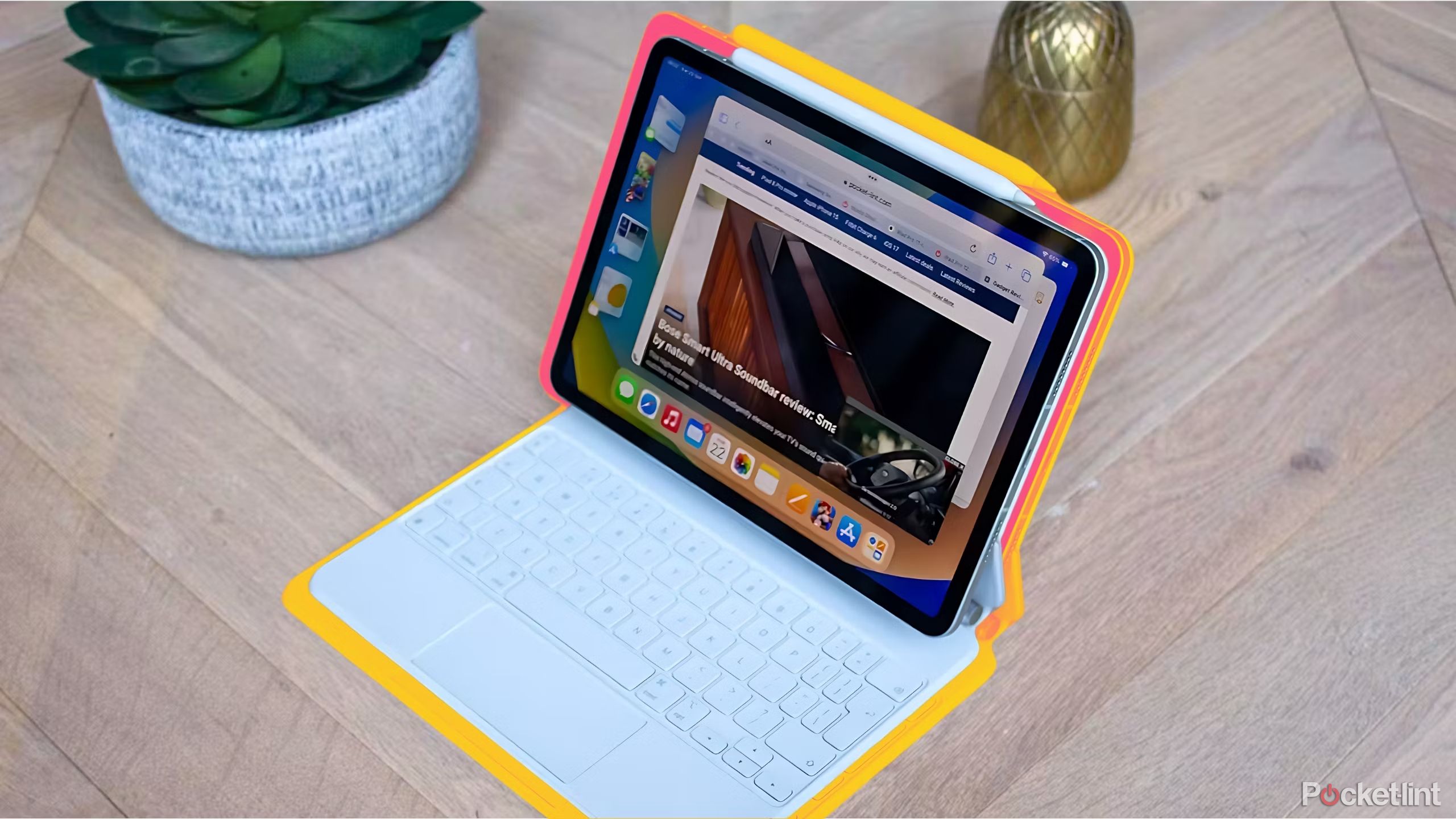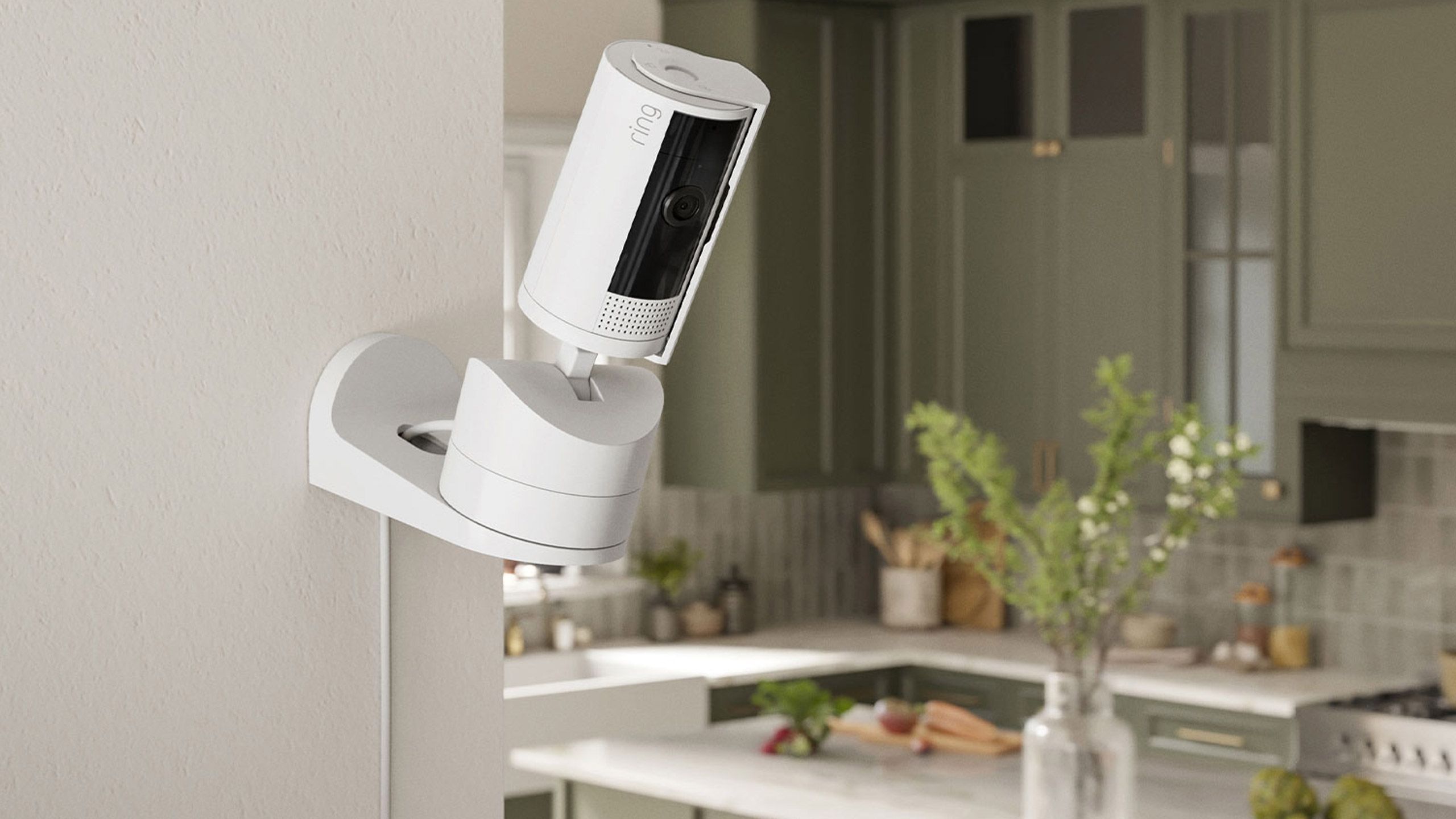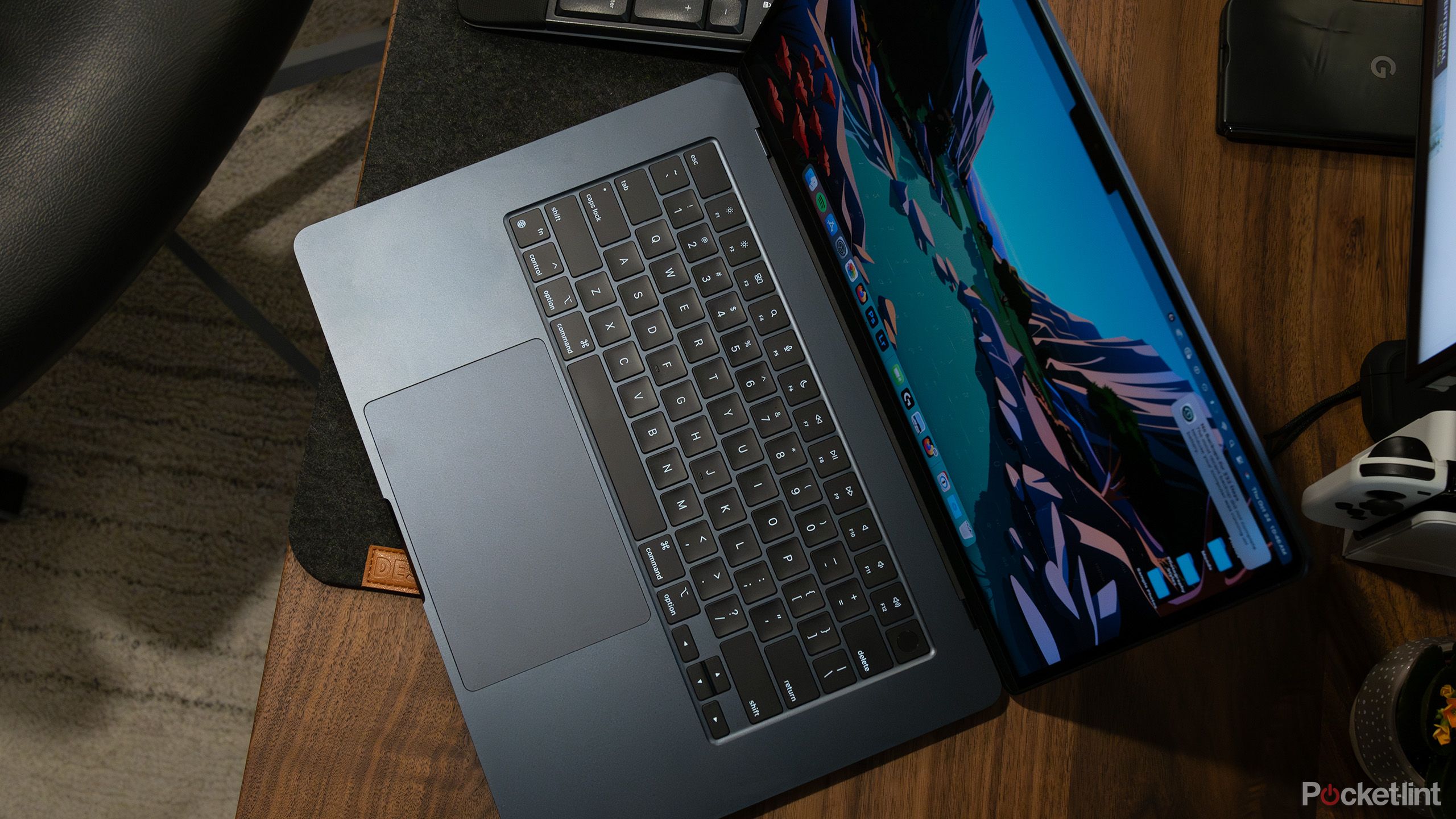Abstract
- Placing Face ID on each Apple machine would pace up entry and permit extra personalization.
- The tough half could also be overcoming design and technical limitations, to not point out Apple’s tight grip on revenue margins.
- It is nearly actually coming to extra units — it is only a query of what number of.
Current rumors trace that Apple is planning a push into the smart home house, for actual this time — along with a HomeKit show hub, we could be getting a wise doorbell, Bloomberg says. What caught my eye, nevertheless, is that it’d unlock utilizing some type of Face ID, the facial recognition know-how constructed into iPhones. That might be distinctive — whereas many doorbells have particular person detection, they inevitably depend on keypads, fingerprint sensors, or wi-fi indicators to really open.
That obtained me excited about the feasibility of Apple including Face ID to all of its units. And after I say all, I imply it — Macs, the Apple TV 4K, even HomePods. Whereas it may not be technically or financially sensible on some merchandise but, it could possibly be an excellent purpose to attempt for.
Associated
Apple is reportedly canceling its unreleased iPhone subscription service, and good riddance
It will’ve been nice for Apple and its most diehard followers, however nobody else.
Quicker logins, higher personalization
Hopefully, a brand new degree of comfort
Anybody with a flagship iPhone or an iPad Professional can vouch for Face ID’s comfort. There’s nothing flawed with Contact ID, naturally — however Face ID is so fast that by the point you even take into consideration unlocking a tool, it is typically already achieved. It reduces friction whereas nonetheless enabling safety.
The tech’s actual potential lies in personalization, assuming Apple ever deigns to assist a number of Face ID profiles.
That alone can be nice on as many units as attainable — think about not having to kind in a passcode each time you set in your Apple Watch. Mac house owners have complained about Face ID’s absence for years. It looks like such an apparent improve, on condition that Home windows PCs have loved facial recognition since Home windows Whats up was launched in 2015.
The tech’s actual potential lies in personalization, assuming Apple ever deigns to assist a number of Face ID profiles. On a Mac or iPad, think about having totally different apps and settings run based mostly on whether or not it is you, your spouse, or your little one sitting down in entrance of it. Likewise, an Apple TV or HomePod may routinely change streaming companies in addition to viewing/listening histories. Certainly one of my pet peeves with tvOS is that in a household state of affairs, it is simple to finish up with different individuals’s histories and watchlists combined into your personal, irrespective of for those who bear in mind to change tvOS profiles utilizing the Siri Distant.
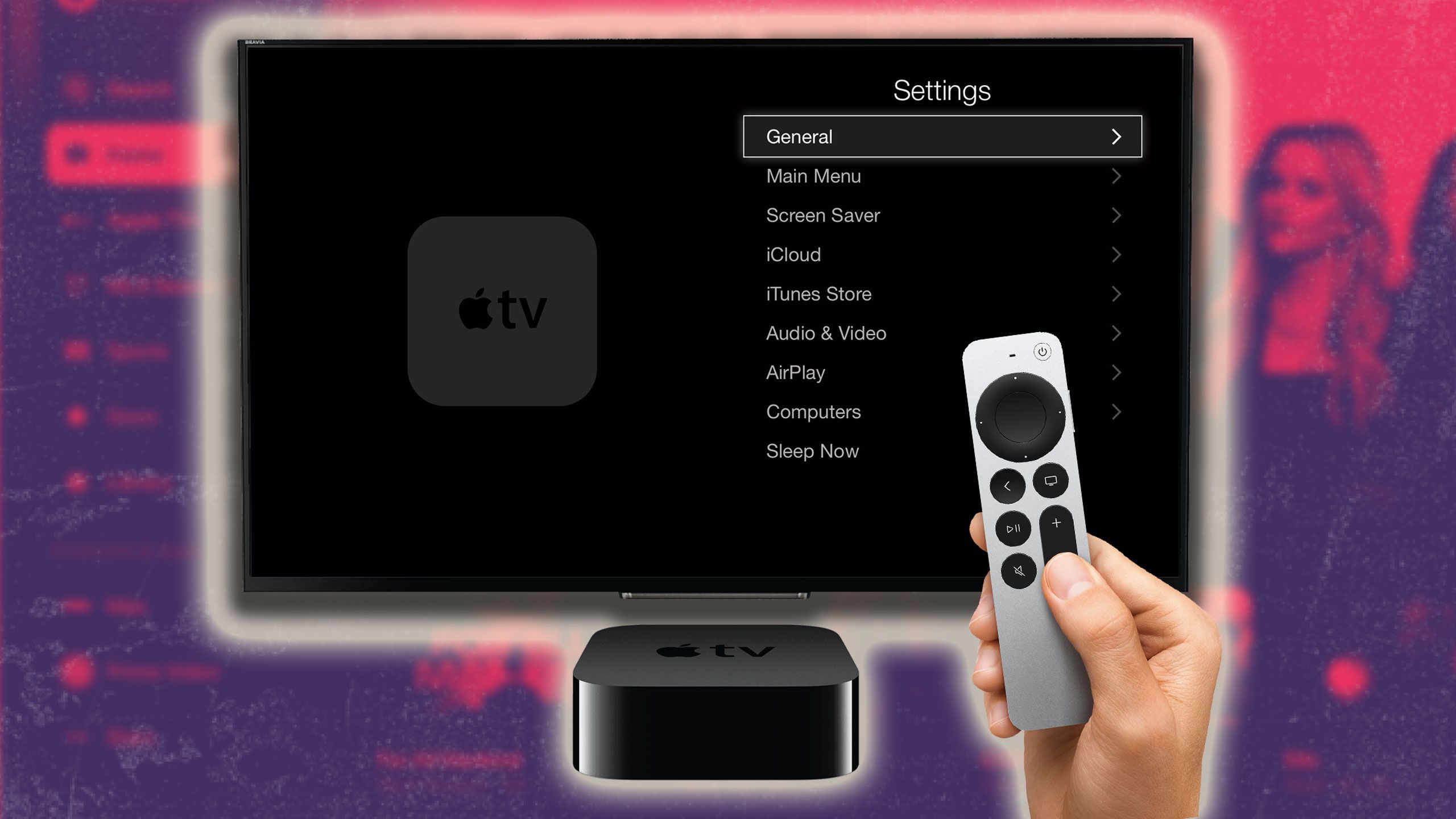
Associated
Change these TV settings ASAP if you have an Apple TV 4K
Be sure to get probably the most out of your Apple TV 4K.
Why does not Apple have Face ID on every thing?
A mixture of exterior and self-imposed limitations
The largest issue is probably going revenue margins. Whereas Apple does make a tidy sum from on-line companies, {hardware} is its bread and butter, so it generally avoids options that might reduce into margins — even when that might enhance market share. Contemplate that whereas Samsung started placing OLED on telephones again in 2009, Apple did not make the change till 2017’s iPhone X. Face ID cameras could also be more and more low cost to fabricate, however Apple little question saves some cash by relegating Mac and iPad Air house owners to Contact ID.
With some merchandise, there could also be inherent design obstacles.
There are additionally technical boundaries. The present incarnation of Face ID works finest inside an arm’s size — that is effective for iPhones, however generally forces you to lean in for those who’ve obtained an iPad Professional. Its vary can be insupportable with a Mac workstation, not to mention an Apple TV on the other aspect of a lounge. It is going to take some huge cash and analysis to create dependable room-scale Face ID, on condition that it must carry out depth mapping from as much as a dozen ft away.
With some merchandise, there could also be inherent design obstacles. Principally, I am pondering of the Apple Watch, which is so compact that any digicam must be tiny. With HomePods, you’d must implement a conspicuous digicam module. In any other case, you’d threat individuals pointing Face ID cameras at a wall.
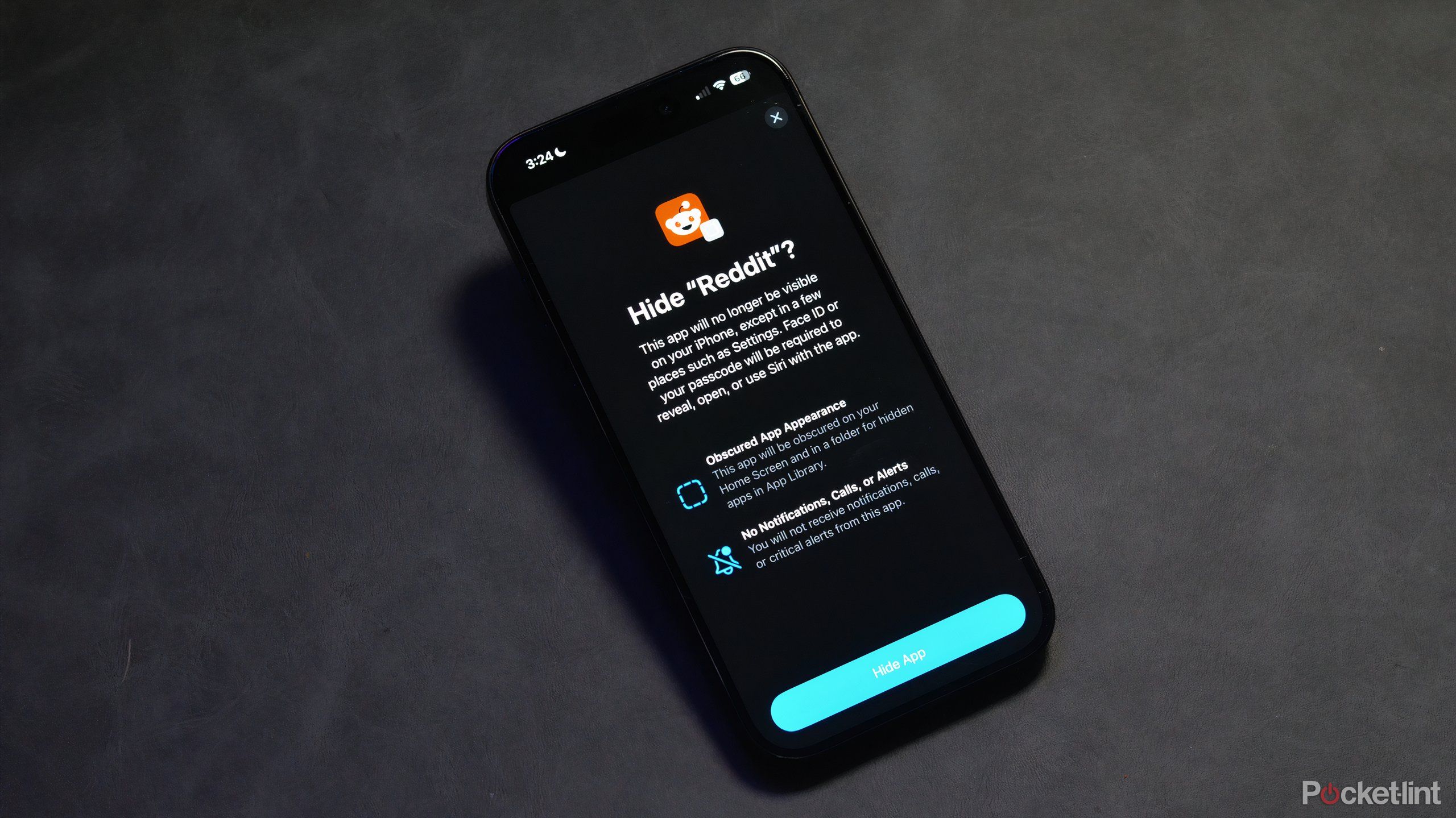
Associated
How to use Face ID to hide apps in iOS 18
iOS 18 enables you to conceal apps, making them safer from different customers.
What about privateness points?
Sure, extra cameras are a priority
Amazon
Some individuals are routinely suspicious of introducing extra cameras into their residence. I am sympathetic with that view, since whereas (respected) corporations have excessive ranges of encryption nowadays, you are still rising the chances of a profitable assault, or at the least the attainable injury if one slips by means of. The rule of thumb with safety cameras is that you need to keep away from utilizing them indoors except you must — hackers will not be capable of see something greater than your driveway or yard.
I belief Apple greater than I do most companies, fortunately. On iPhones and iPads, Face ID is processed domestically, and knowledge is saved in one thing referred to as the Safe Enclave. That makes it extraordinarily powerful to crack, and actually, I am not conscious of any criminals succeeding at breaking it. It has sometimes been cracked by researchers, however these are expert professionals with units in hand. If somebody is ready to put their mitts in your Apple TV or HomePod, you’ve got extra quick threats to cope with.
Apple itself does not have any entry to your facial knowledge. So except some revelation emerges, I am unable to see any downside with spreading Face ID far and large.
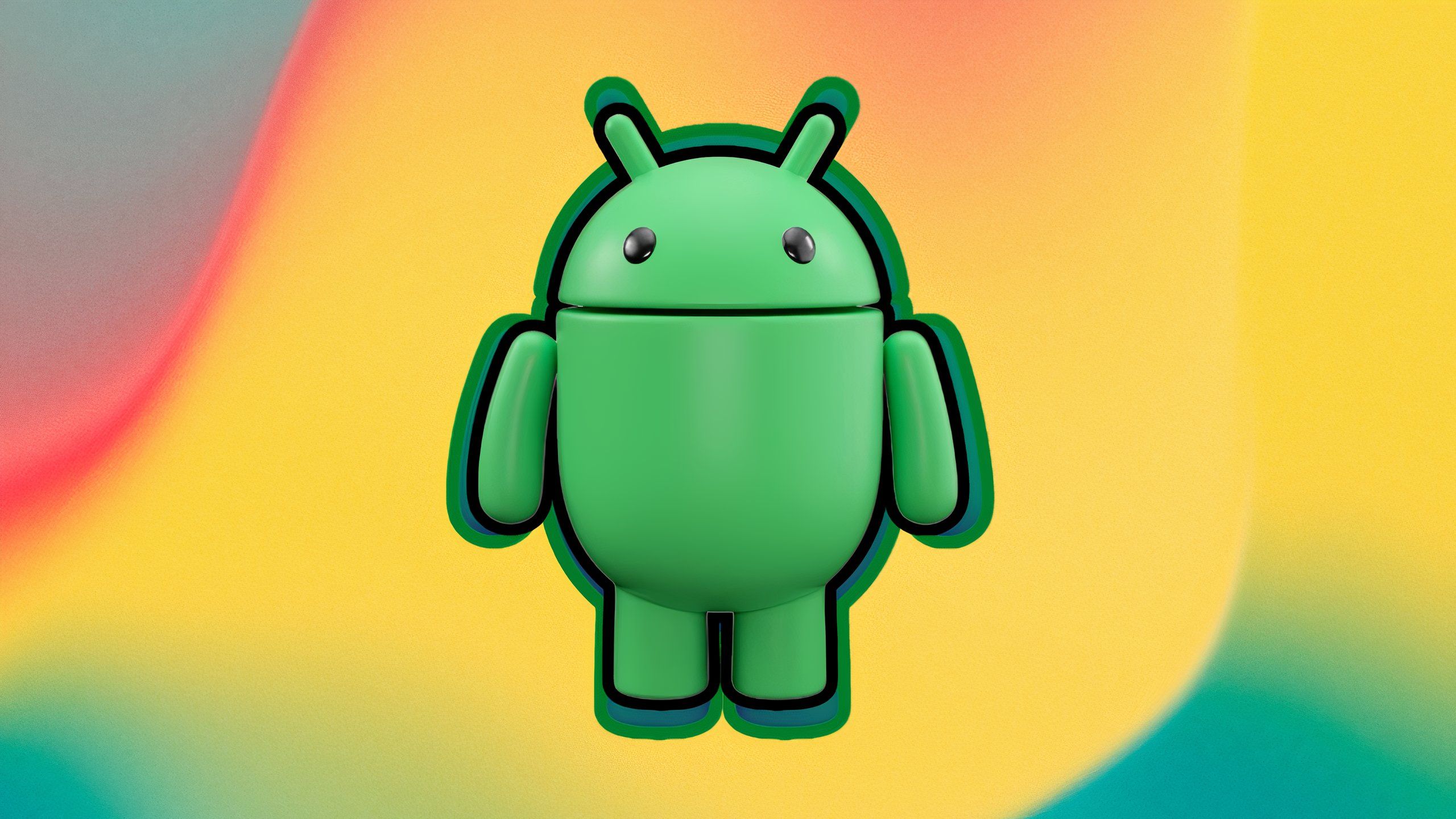
Associated
These 5 lesser-known settings keep me firmly on team Android
The Android OS is brimming with under-the-radar toggles and settings — listed below are those I all the time make use of on each cellphone.
What are the probabilities of Face ID reaching in all places?
Do not maintain your breath
It is nearly assured to succeed in Macs and the iPhone SE sometime — presumably as quickly as 2025 — however past that, I am not optimistic. On the iPad Professional, Face ID is a small however vital motive to improve from an iPad Air, and Apple in all probability will not sacrifice that when it is arduous sufficient to justify the Professional’s existence. An M4 chip and a 120Hz show hardly matter when most apps run simply as effectively on an entry-level iPad.
I am going to guess that Apple likes the thought of placing Face ID in all places simply as a lot as I do.
Apple Watches are a no-go for design causes. Except for the issue of miniaturizing cameras, there’s the priority of battery drain on a wearable that already runs shorter than many consumers would really like. Apple can also be presumably frightened about aesthetics, and clients anticipating FaceTime video calls too — a assured battery vampire if there ever was one.
Apple TVs and HomePods are trickier to touch upon. A few of Apple’s rumored sensible residence units embody cameras, but there is not any promise that every one of these will embody Face ID, by no means thoughts placing the function on present set-tops and audio system. It might be difficult. Even with elevated Face ID vary, an Apple TV must work out which profile(s) to make use of when a number of individuals are on the sofa.
I am going to guess that Apple likes the thought of placing Face ID in all places simply as a lot as I do — it is principally simply company priorities steering it alongside the present path.
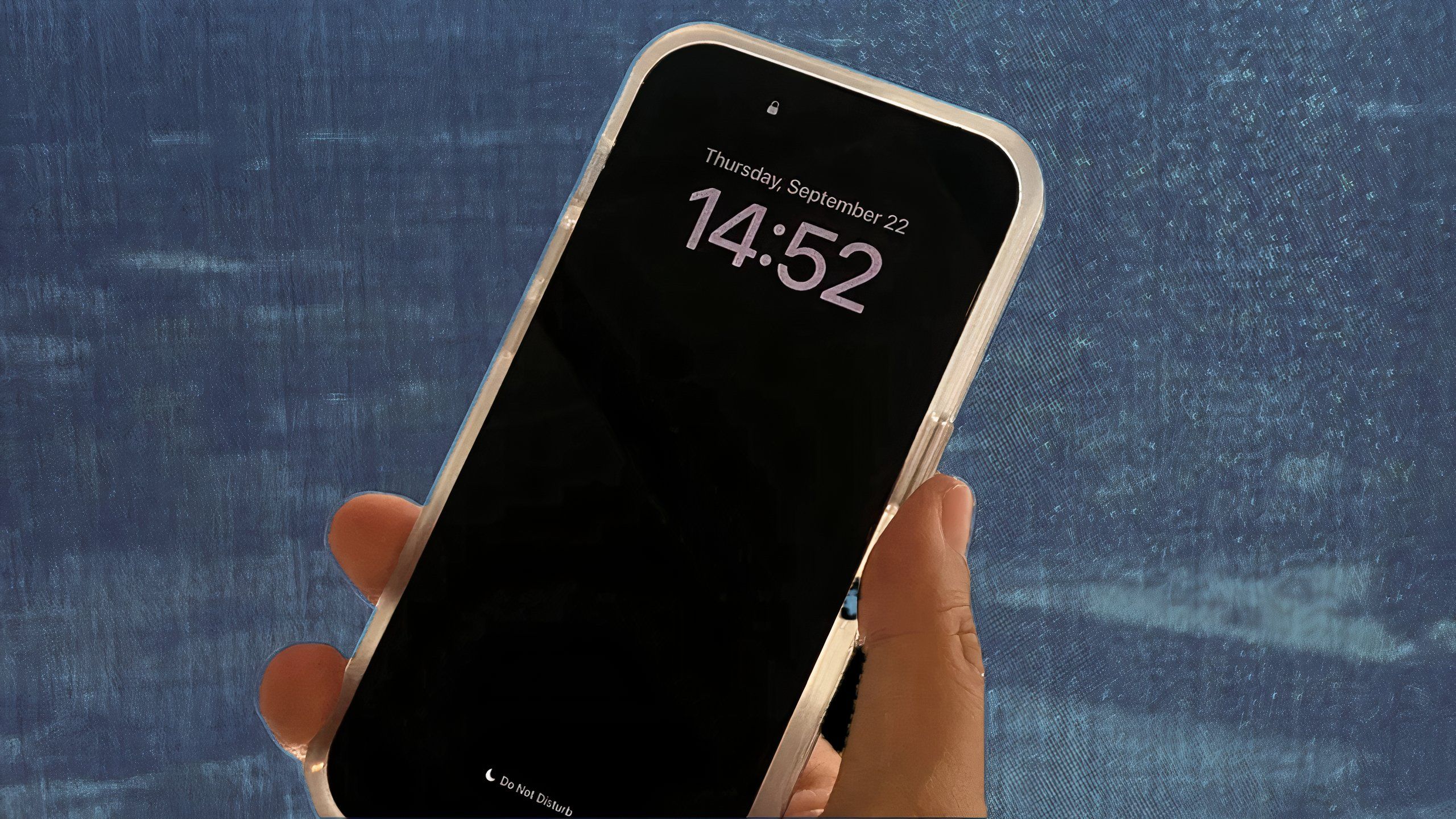
Associated
iPhone SE 4: What we know about Apple’s next budget phone
Apple’s subsequent “price range” iPhone ought to lastly catch as much as fashionable designs.
Trending Merchandise

Motorola MG7550 – Modem with Built in WiFi | Approved for Comcast Xfinity, Cox | For Plans Up to 300 Mbps | DOCSIS 3.0 + AC1900 WiFi Router | Power Boost Enabled

Logitech MK235 Wireless Keyboard and Mouse Combo for Windows, USB Receiver, Long Battery Life, Laptop and PC Keyboard and Mouse Wireless

Lenovo V14 Gen 3 Business Laptop, 14″ FHD Display, i7-1255U, 24GB RAM, 1TB SSD, Wi-Fi 6, Bluetooth, HDMI, RJ-45, Webcam, Windows 11 Pro, Black

Sceptre 4K IPS 27″ 3840 x 2160 UHD Monitor up to 70Hz DisplayPort HDMI 99% sRGB Build-in Speakers, Black 2021 (U275W-UPT)

HP 230 Wireless Mouse and Keyboard Combo – 2.4GHz Wireless Connection – Long Battery Life – Durable & Low-Noise Design – Windows & Mac OS – Adjustable 1600 DPI – Numeric Keypad (18H24AA#ABA)

Sceptre Curved 24.5-inch Gaming Monitor up to 240Hz 1080p R1500 1ms DisplayPort x2 HDMI x2 Blue Light Shift Build-in Speakers, Machine Black 2023 (C255B-FWT240)

Logitech MK470 Slim Wireless Keyboard and Mouse Combo – Modern Compact Layout, Ultra Quiet, 2.4 GHz USB Receiver, Plug n’ Play Connectivity, Compatible with Windows – Off White

Lenovo IdeaPad 1 Student Laptop, Intel Dual Core Processor, 12GB RAM, 512GB SSD + 128GB eMMC, 15.6″ FHD Display, 1 Year Office 365, Windows 11 Home, Wi-Fi 6, Webcam, Bluetooth, SD Card Reader, Grey

Samsung 27′ T35F Series FHD 1080p Computer Monitor, 75Hz, IPS Panel, HDMI, VGA (D-Sub), AMD FreeSync, Wall Mountable, Game Mode, 3-Sided Border-Less, Eye Care, LF27T350FHNXZA


